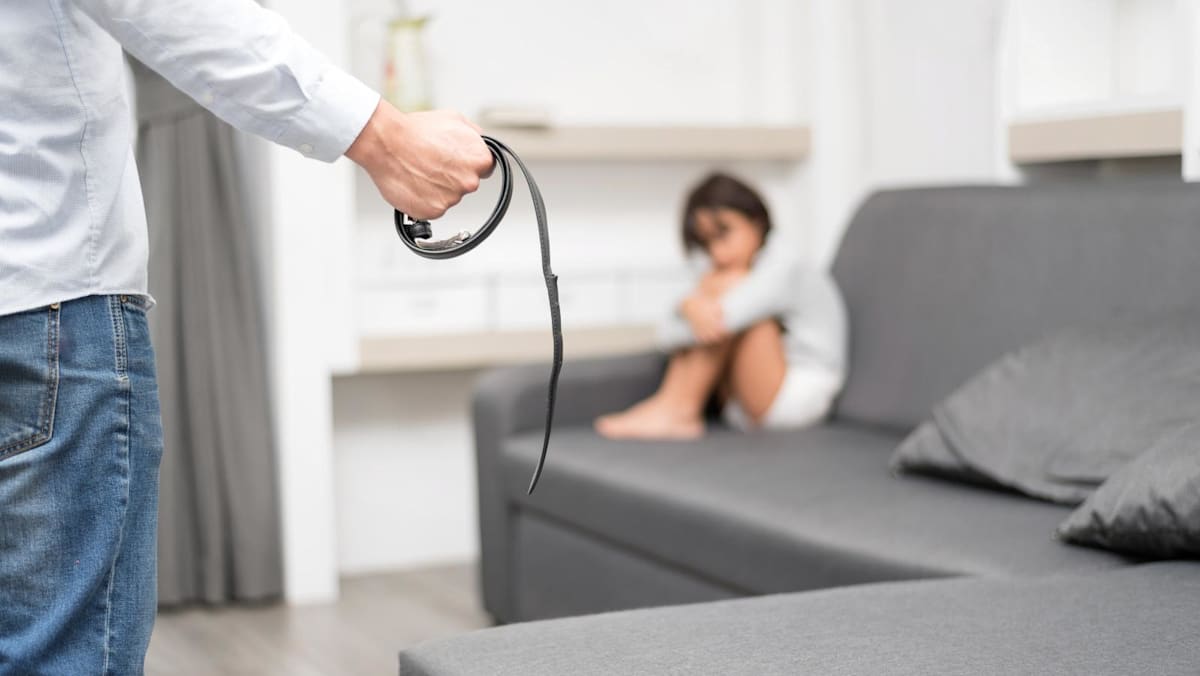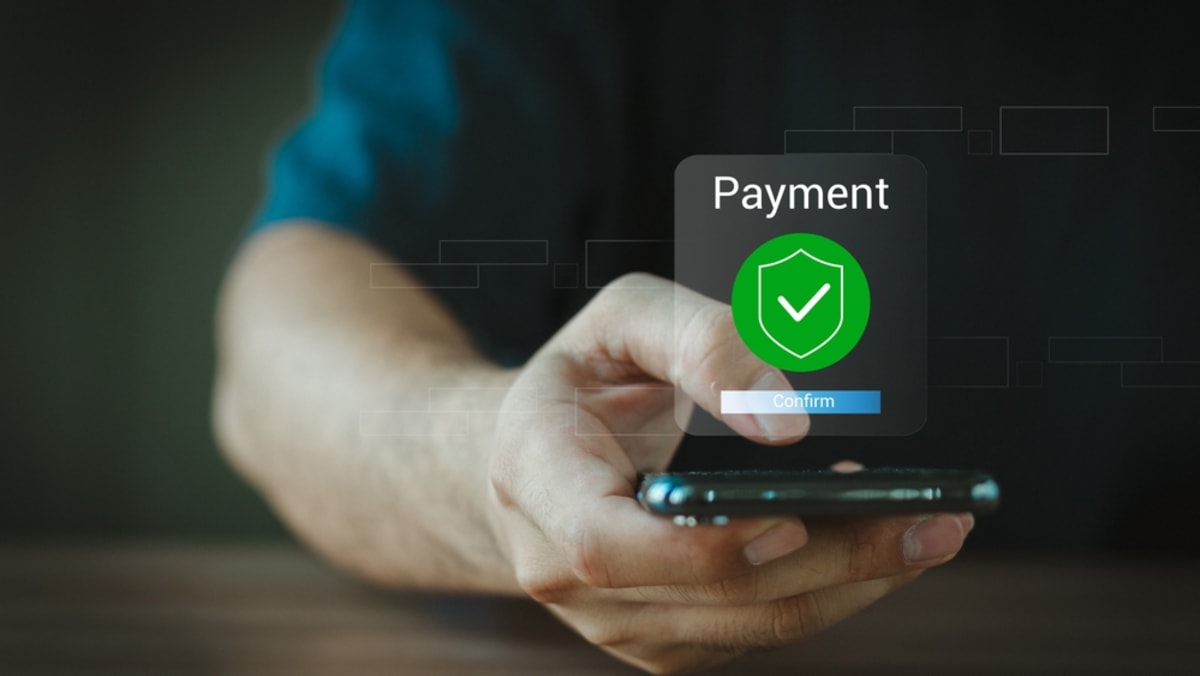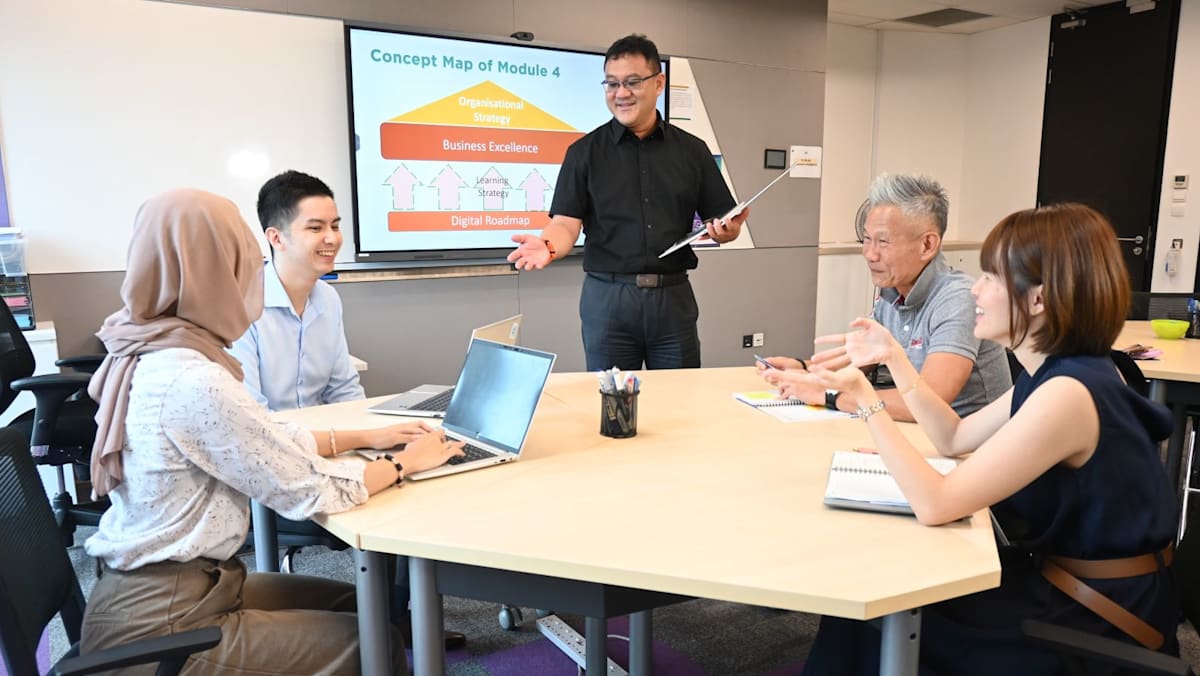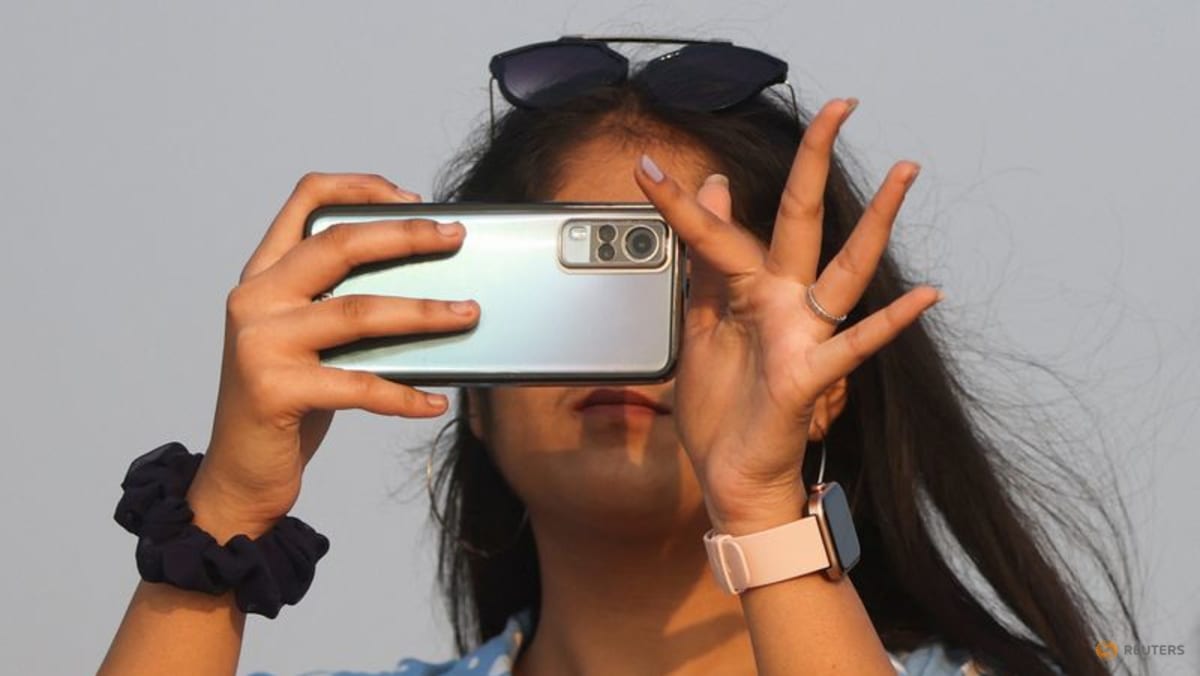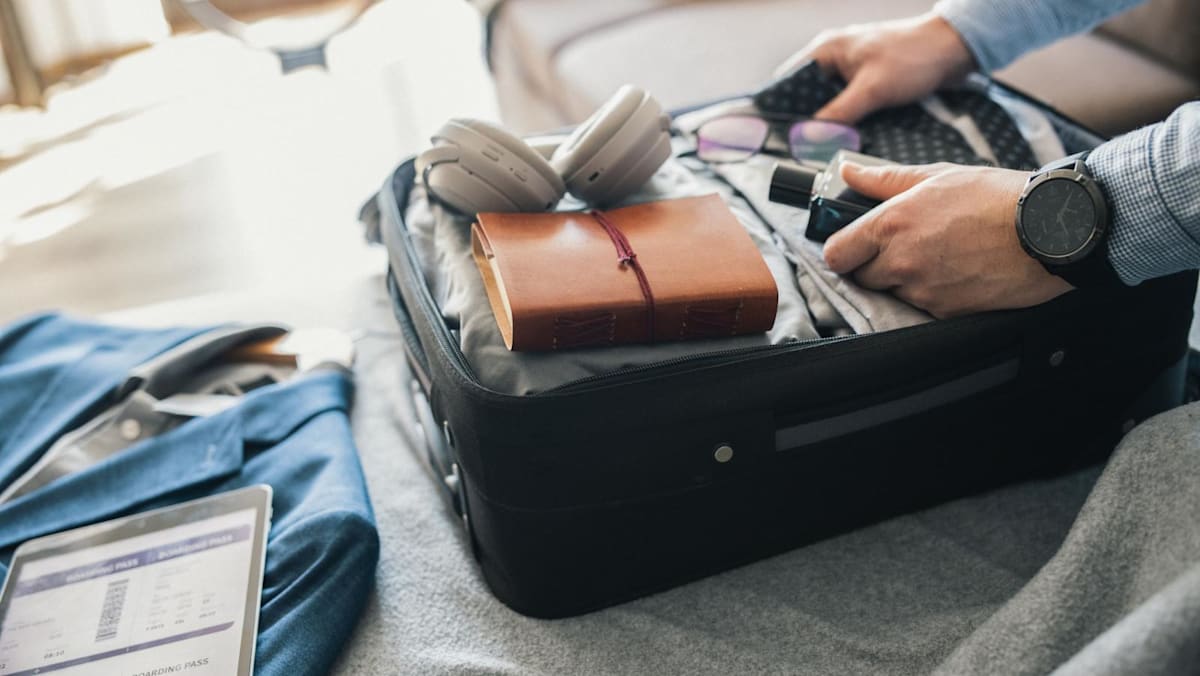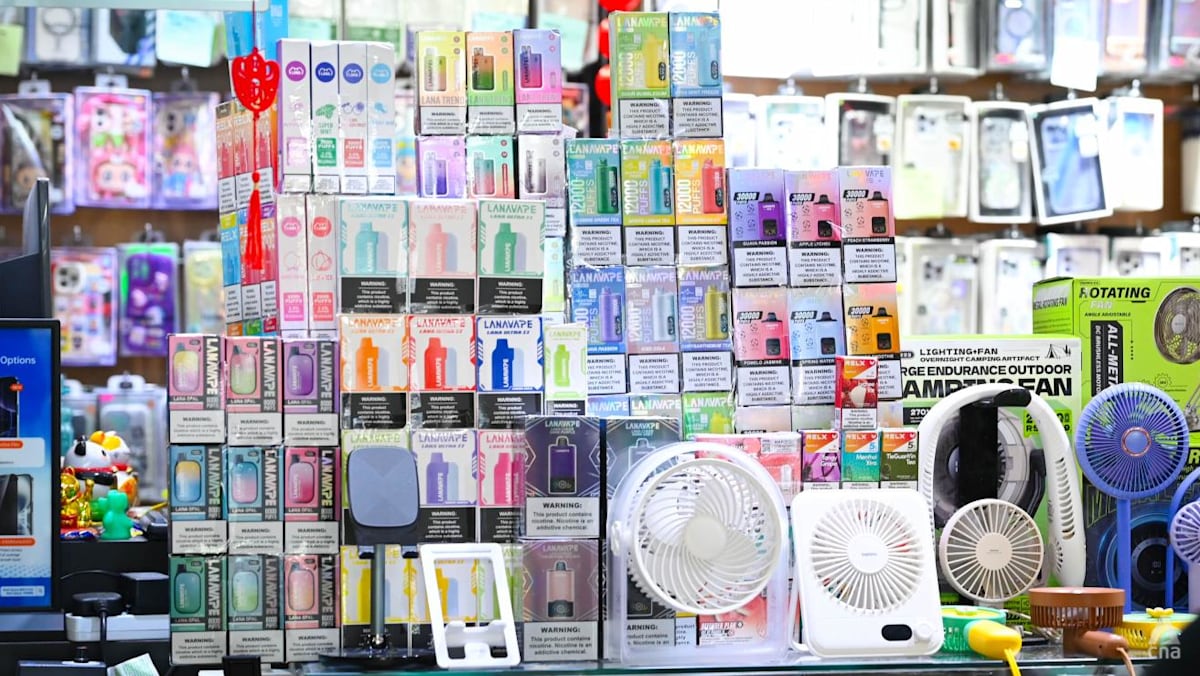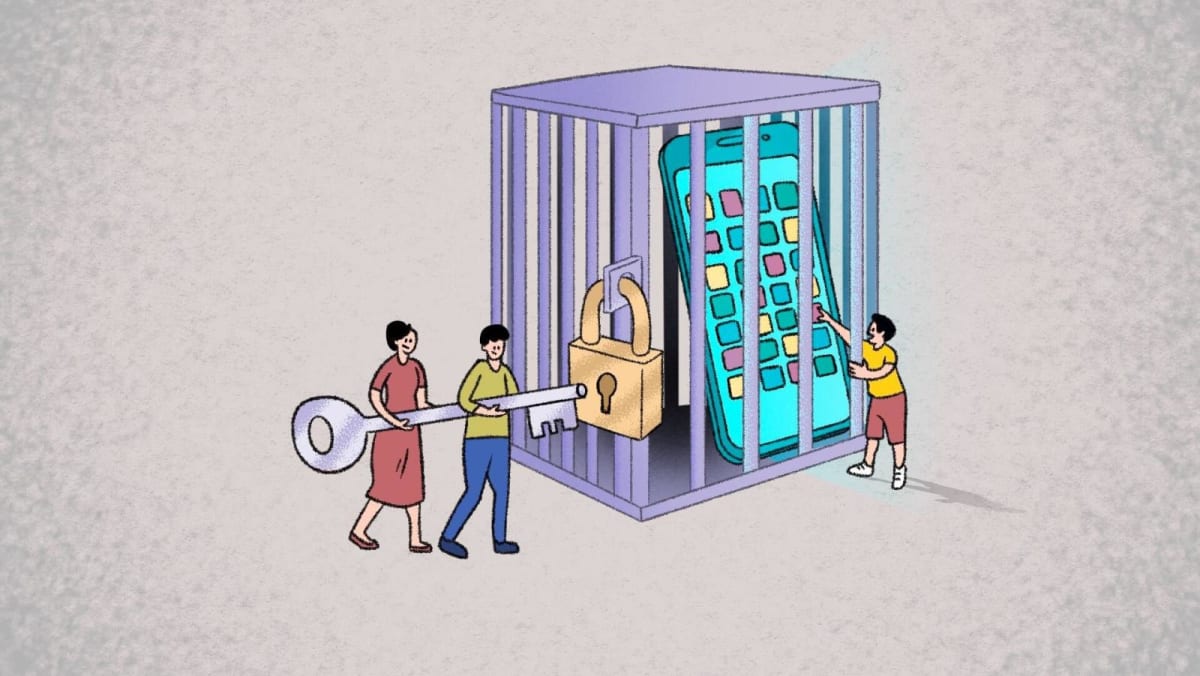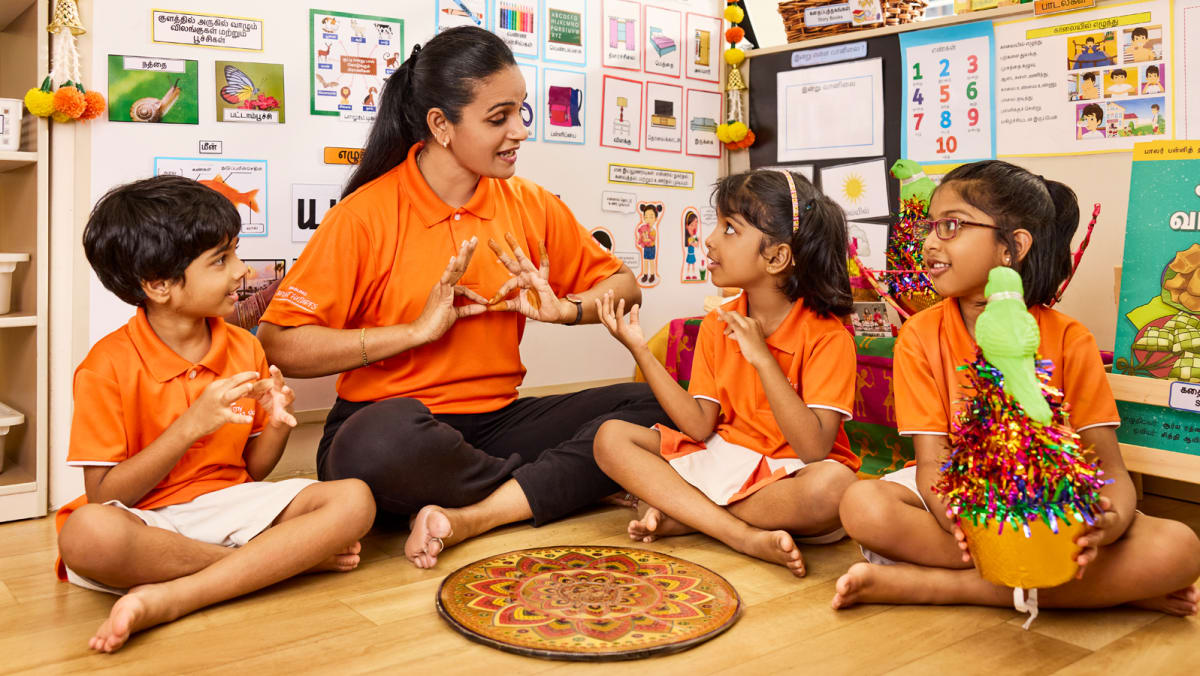Someone is shining a blindingly bright light into your eyes. You’re in an unfamiliar room with things you’ve never seen, heard or smelled before. Something feels unbearably scratchy around your neck but you aren’t allowed to touch it.
You remember there’s someone in the room with you, the one with the light. It’s a stranger and he’s now asking you to stay still while he touches you with weird objects; some feel cold and wet, others sharp and pointy. And even painful.
If that scenario is already uncomfortable for you as an adult, imagine what it does for neurodivergent children at the dentist’s or doctor’s office. Even a haircut can be as anxiety-inducing as being held hostage in a chair.
That’s because neurodivergent children with attention deficit hyperactivity disorder (ADHD) or autism spectrum disorder (ASD) experience the world differently, said Dr Goh Tze Jui, a principal clinical psychologist with Institute of Mental Health’s (IMH) Department of Developmental Psychiatry. They can be hypersensitive to light, sound and/or touch, and find it challenging to focus in noisy or busy environments, she said.
On top of that, these children may also have difficulty regulating their emotions and behaviours in response to those stimuli, said Dr Goh.
 (Photo: iStock/Dragon Images)
(Photo: iStock/Dragon Images)
HOW OFTEN ARE ADHD AND AUTISM SEEN IN CHILDREN HERE?
What may surprise you is that ADHD and ASD in children are more common than you think. The Ministry of Health estimated that ADHD may be prevalent in 5 to 8 per cent of children and adolescents in Singapore, while ASD is estimated to affect one in 150 children.
“Imagine a typical primary school with 1,500 pupils. In a class of 30, at least one or two may show traits of ADHD and specific learning disorders such as dyslexia,” said Jiayong Lin, a clinical psychologist with Annabelle Kids. “Around 10 of them may be on the autism spectrum.”
Dr Goh pointed out that “the prevalence of those common neurodevelopmental conditions in Singapore has yet to be formally established”. IMH’s ongoing, nationwide BRAVE study, she said, aims to do that.
In fact, some experts think that those numbers may be an underestimation because of factors such as “limited awareness and social stigma, to name a few”, said Tan Hui Hui, a clinical psychologist with Raffles Counselling Centre.
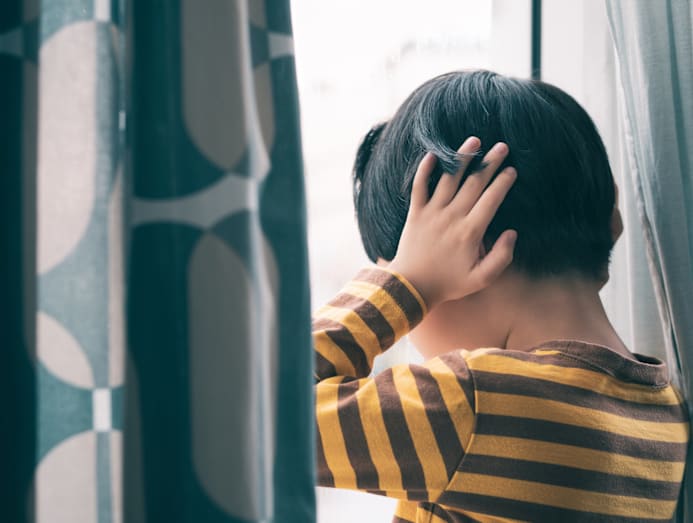 (Photo: iStock/Jatuporn Tansirimas)
(Photo: iStock/Jatuporn Tansirimas)
WHAT IS NEURODIVERGENCE? IS IT THE SAME AS HAVING ADHD OR AUTISM?
Neurodivergence is not a medical diagnosis, explained Dr Goh. “Rather, it is an umbrella term that describes people whose brains work differently from others. It covers variations in how people behave, learn, and their unique strengths and challenges.”
And that’s important because there’s no single definition of “normal” when it comes to how the human brain works, according to Judy Singer, the Australian sociologist, who first coined the word “neurodiversity” in 1997. Incidentally, the term for people who aren’t neurodivergent is neurotypical.
Tan also agreed that neurodivergence is not a diagnosis. “But it can include conditions such as specific learning disorders (eg. dyslexia), ASD and ADHD.”
HOW EARLY CAN THE SYMPTOMS START TO SHOW?
According to Tan, ADHD can be “reliably diagnosed” from around age four; and ASD, from age two. “More often, children are diagnosed when they start school and symptoms become more apparent.” For ASD, screening can even be carried out as early as 18 months when symptoms start to appear, she said.
Lin opined that severity as well as “age expectations” can determine how early the symptoms show up. “For example, symptoms of severe ASD may become apparent as young as one to two years old when the child is unable to pick up speech, is frequently triggered by sensory sensitivities into meltdowns, and present with stereotyped behaviours.”
 (Photo: iStock/travelism)
(Photo: iStock/travelism)
However, mild ASD may not be detected until the child or adolescent is faced with more dynamic and fluid social demands with age, she said.
“Inattention and hyperactivity in ADHD might still be normalised below six years old,” Lin continued, “and only become impairing when the child is confronted with rigorous homework demands and long duration of examinations later on in primary school.”
WHAT ARE THE SYMPTOMS THAT YOUR CHILD MAY HAVE ADHD OR ASD?
Children with ADHD may struggle to follow instructions, complete tasks, or sit still, said Dr Goh. “They might act impulsively or get themselves into trouble when they do things without considering consequences.”
On the other hand, children with ASD may avoid eye contact, have difficulty with social interactions, repeat words or actions, or be very sensitive to sounds or textures, she said. Or they may find it hard to adjust to changes in routine.
However, Dr Goh clarified that every child is different and not every one will display those signs. “Like all of us, they have their own unique triggers and situations that can upset them.”
To monitor your child’s development relative to his age expectations, you have to be actively involved in his daily life, emotional coping and socialising – and not just supervising him during homework time, said Lin. She acknowledged that there will be some degree of subjectivity on what counts as impairment, which is why standardised diagnostic testing would be necessary for confirmation.
 (Photo: iStock/travelism)
(Photo: iStock/travelism)
Tan explained that to test for ADHD, there needs to be a comprehensive evaluation of the symptoms in at least two settings: At home and in school. Information is obtained from the parents, teachers and the child. “Other medical and mental health issues are ruled out in the process before confirming if the symptoms meet the diagnosis,” she said.
For ASD, a detailed assessment is done using standardised tools to interview the parents about the child’s developmental history, and to make direct observations of the child’s behaviour and social interactions, said Tan.
WHAT CAN BE POTENTIAL TRIGGERS AT THE DENTIST’S OR DOCTOR’S?
Although the procedures are different at the dentist’s, general practitioner’s or the scanning room, prepping your neurodivergent child before the appointment is important.
You’ll also need to trust the professionals to do the right thing. “If you have any concerns about triggers that might cause distress, it would be helpful to share them with the team early on,” said Dr Tong Huei Jinn, a specialist in paediatric dentistry and a senior consultant at Raffles Dental.
And sometimes, despite your best efforts, “success could be as simple as making it through the waiting room”, said Dr Tong. “Acknowledge and praise all progress, no matter how small, to build his confidence for future visits.” Here’s what can help:
 (Photo: iStock/Fat Camera)
(Photo: iStock/Fat Camera)
- BEFORE THE APPOINTMENT
First things first, schedule the appointment at a time when your child is usually well-rested and calm, advised Dr Tong.
A week prior to the visit, show your child a video of what his visit might entail, preferably one that has Asian faces. “Children with autism often interpret information more literally, so the closer the example is to the local context, the easier it is for them to relate to and understand,” said Dr Tong.
You can also schedule a familiarisation or “happy” visit, if the clinic allows. “This short, non-invasive session allows your child to explore the clinic at his own pace, meet the team, and get used to the sights and sounds of the environment,” said Dr Tong.
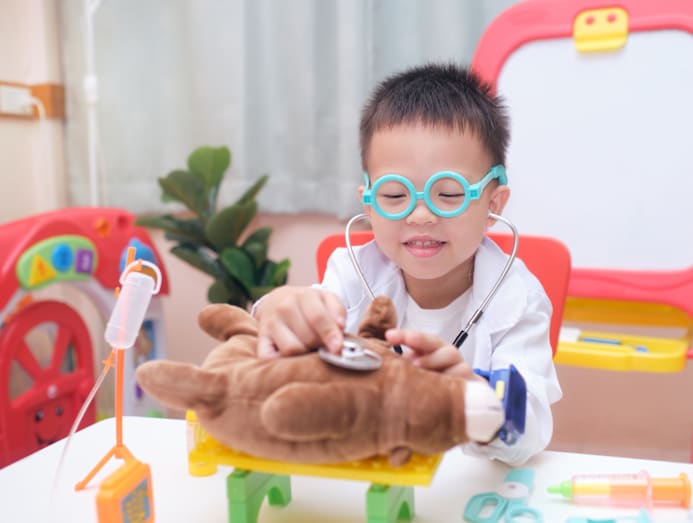 (Photo: iStock/yaoinlove)
(Photo: iStock/yaoinlove)
- AT HOME
Simulate the visit through play to help your child understand what to expect, said Dr Tong. For example, have him lie down on a bed or sofa to get used to the position during a dental visit.
“Ask your child to practise opening his mouth wide like a lion, dinosaur or crocodile, and keep his mouth open for a count of 10”, said Dr Tong, who also suggested using positive and fun language such as “The dentist will count your teeth and see your superhero smile”. “Avoid negative words like ‘pain’, ‘needle’ or ‘pulling teeth’,” she advised.
If your child is scheduled to see the family doctor, it is a good idea to explain the use of the various examination tools such as a stethoscope, otoscope or thermometer, so that he will not be alarmed, said general practitioner Dr Precelia Lam with Raffles Medical.
You could use toys or objects that resemble the examination tools on yourself, the caregiver or a doll to give him an idea what to expect. “You can use them as quiz games to test your child’s understanding of their uses. Once the task is done, give him a verbal praise or a sticker,” said Dr Lam.
MAKING HAIRCUTS MORE BEARABLE
The loud, whirring hairdryer, buzzing shaver and pointy scissors hovering close to the face can be unnerving for your neurodivergent child. To help calm down your child when it’s time for a haircut, here’s what you can do to help:
- Visit a few salons beforehand. They can help you gauge which premise your child is more amenable to visit.
- Take your child to the same hairdresser or get one to come to your home. The familiarity may reduce anxiety.
- Check with the hairdresser. Communicate with him that your child may need breaks. Ask if the little customer can see and touch his tools first, and wear his own drape instead of the salon’s.
- Instead of blow-drying, ask if the hairstylist could just towel-dry your child’s hair.
Collapse Expand
If a computed tomography (CT) or magnetic resonance imaging (MRI) scan is scheduled, explain to your child what to expect, such as loud noises, before the appointment. “Practise the scenario or role-play with the young person to reduce anxiety,” said Dr Goh.
It is also a good idea to check a few things prior to the appointment. For example, can your child bring his own noise-cancelling headphones and wear his own robe as he may find the provided one scratchy? Can you be in the same room as him during the scan?
“Healthcare professionals can explain exactly how long the caregiver will leave the room for and allow patients to bring a plush toy, so that they can prevent separation anxiety,” said Dr Goh. If the provided robe is a must-wear, ask if your child can wear it over his own clothes, she said. And instead of having your child strapped, explore alternatives to reduce the negative emotional impact on him, she added.
 (Photo: iStock/anon-tae)
(Photo: iStock/anon-tae)
- DURING THE VISIT
Whether it’s a dental or doctor visit, let your child bring along his favourite toy, blanket, noise-cancelling headphones and/or communication cards to help him feel secure, recommended Dr Tong.
And sometimes, unforeseen procedures such as an injection or transfusion may be called for. “Most children are needle-phobic and injections can oftentimes be traumatising for them, whether they are neurodivergent or not,” said Dr Lam. “An injection is often straightforward but a blood draw or medication infusion can be trickier.”
She explained that a jab is typically administered as a last resort, when it is absolutely necessary. “The use of a numbing cream to reassure pain reduction and distraction methods are in place. Skillfully trained staff and adequate help for the procedure are also required,” said Dr Lam.
After the procedure, it helps to reward your child with a new toy, treat or activity to help him associate dental and medical visits with a positive association, said Dr Tong.



